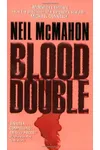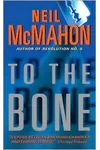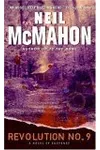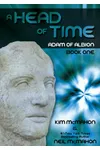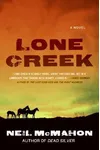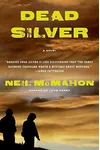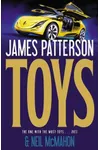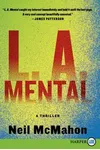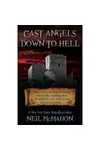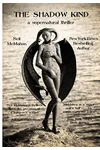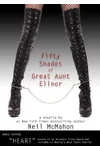Picture a Chicago-born storyteller who crafts pulse-pounding thrillers that keep you up all night—meet Neil McMahon! Born in 1949, this versatile American author has penned ten novels, including a New York Times #1 bestseller with James Patterson, Toys. From gritty mysteries to chilling horror, McMahon’s tales weave psychological depth and suspense, reflecting his journey from urban streets to Montana’s rugged landscapes.
The Making of Neil McMahon
Growing up in Chicago, Neil McMahon soaked in the city’s vibrant energy, which later fueled his knack for crafting complex characters. With a psychology degree from Stanford, where he earned a prestigious Stegner Fellowship, he honed his understanding of the human mind—a skill that shines in his writing. After moving to Missoula, Montana, in 1971, McMahon balanced carpentry with storytelling, a dual life that grounded his narratives in real-world grit. His wife, Kim, coordinates the Montana Festival of the Book, making their home a hub of literary passion.
Neil McMahon’s Unforgettable Stories
McMahon’s bibliography spans thrillers, mysteries, and horror, showcasing his versatility. His Carroll Monks series, starting with Twice Dying (2000), follows a San Francisco ER doctor entangled in dark conspiracies. Blood Double (2002) amps up the stakes with a mysterious patient and corporate intrigue. The Hugh Davoren series, including Lone Creek (2007), trades cityscapes for Montana’s wilds, where a carpenter uncovers deadly secrets. Under the pseudonym Daniel Rhodes, McMahon wrote horror novels like Next, After Lucifer (1987), blending supernatural chills with psychological tension. His collaboration with James Patterson, Toys (2011), is a futuristic thriller that hit #1 on the New York Times bestseller list, proving his mainstream appeal.
McMahon’s style is a masterclass in suspense, blending taut pacing with deep psychological insights. His characters—flawed, relatable, and often caught in moral dilemmas—navigate worlds where danger lurks in every shadow. Praised by authors like Michael Connelly and James Crumley, his work captures the raw beauty of Montana and the complexities of human nature, making each novel a gripping ride.
Why Neil McMahon Matters
Neil McMahon’s impact lies in his ability to bridge genres, from medical thrillers to supernatural horror, while keeping readers hooked with intricate plots. His Montana settings bring a fresh perspective to crime fiction, and his psychological depth elevates the genre beyond mere whodunits. By collaborating with Patterson, he reached a global audience, yet his solo work retains a cult following for its authenticity and intensity. McMahon’s stories resonate with readers who crave smart, thrilling narratives that linger long after the final page.
- Born: 1949, Chicago, Illinois
- Key Works: Twice Dying, Lone Creek, Toys
- Notable: Stegner Fellow at Stanford, New York Times bestseller
Ready for a thrilling escape? Snag Lone Creek and dive into Neil McMahon’s world of suspense!

